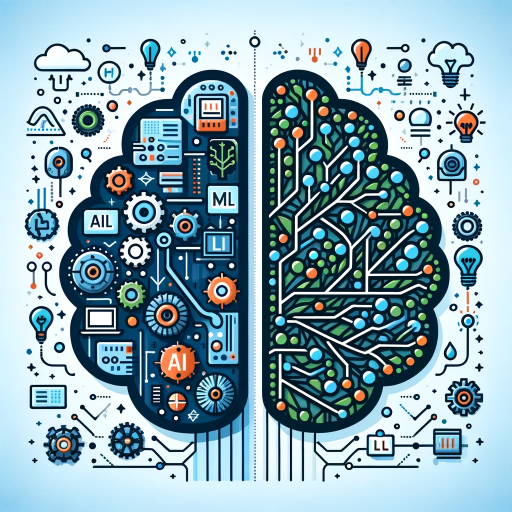AI is a broader concept that encompasses the idea of machines being able to carry out tasks in a way that we would consider “smart”. ML, on the other hand, is a specific subset of AI that trains a machine how to learn from data.
Functionality: AI systems are designed to mimic human intelligence and may use a variety of methods, including ML, to solve problems. ML systems specifically focus on learning from data and improving over time, making them a type of AI that is geared towards statistical learning and prediction.
Implementation: AI can be implemented without using machine learning. It can be based on sets of rules and logic designed to make decisions. In contrast, ML relies on creating algorithms that can process data, learn from it, and then apply what they’ve learned to make informed decisions.
Goal: The goal of AI is to create systems capable of performing tasks that would require human intelligence, whether it’s through learning, reasoning, or self-correction. The goal of ML is more specific: to enable machines to learn from data so that they can give accurate outputs based on that data.
In summary, while ML is a subset of AI focused specifically on machines learning from data, AI is a broader concept involving machines designed to act intelligently, whether they are learning from data (as in ML) or using predefined rules and logic.
